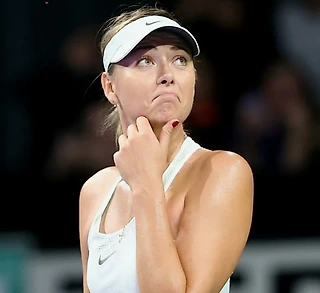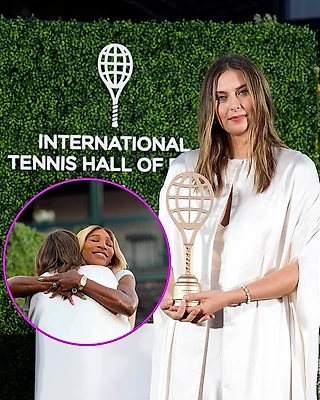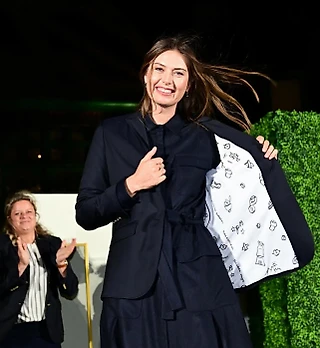Первый титул Марии на грунте - 9 лет тому назад
Joel Drucker: Throwback Thursday - Sharapova Wins Her First Claycourt Title
Nine years ago today, Maria Sharapova defeated Dominika Cibulkova in the finals of a WTA tournament in Amelia Island, Florida. It was Sharapova’s 19th career title. But most significantly, it was her first on clay.
In the manner that’s marked much of her career, Sharapova won the final in a rather gritty way. The score was 7-5, 6-3, Sharapova along the way striking 33 unforced errors and five double-faults.
Even in the wake of this win, at that point it was hard to imagine Sharapova becoming a force on the dirt. For starters, Amelia Island was green clay, the American version that is usually somewhat faster and lower-bouncing than the red stuff seen in Europe. Though the previous year she’d reached the semis at Roland Garros, Sharapova had lost that semi handily to Ana Ivanovic, 6-2, 6-1. As for the Amelia Island title run, Sharapova’s highest-ranked opponent was #22 Alona Bondarenko. In Paris later that spring, Sharapova would lose in the fourth round to her fellow Russian, Dinara Safina.
But sure enough, in 2011, signs of Sharapova’s claycourt surface began to surface – a title run in Rome, another semi in Paris. A year later, deliverance, Sharapova winning the first of two Roland Garros singles titles.
Two factors had helped. First, Sharapova improved her movement. Though she will never glide around the dirt, Sharapova indeed has put in the time to track down balls with a good deal more speed. The second factor is the way equipment and technique have altered the claycourt game – that is, altered it at the pro level. For many years, success on clay was based on precision, movement and consistency. Such claycourt geniuses as Chris Evert, Steffi Graf, Justine Henin, and, to a lesser degree, retriever par excellence Arantxa Sanchez Vicario, conquered with these qualities.
But the onset of Luxilon strings has made it possible for players to generate much more power and spin. Claycourt tennis is now less about the ability to move through the court and more about such as skills as racquet head speed and bold shotmaking. To some degree, the template first surfaced in the early ‘90s, when Monica Seles won three titles by taking balls early and repeatedly driving them hard into every possible corner of the court. Though less skilled with a racquet than Seles, Sharapova – aided to some degree by equipment, aided another way by her superb competitive skills – applied the same approach.
Now, having had more than a year away from competitive tennis, it will be fascinating to see what brand of tennis Sharapova brings to the clay. Having had this much time off, will she have improved her serve? Movement? Great a competitor as she’s always been, how much rust will she show? Many questions. Come April 26, when Sharapova returns to play at Stuttgart, we will start to see the answers.
>









